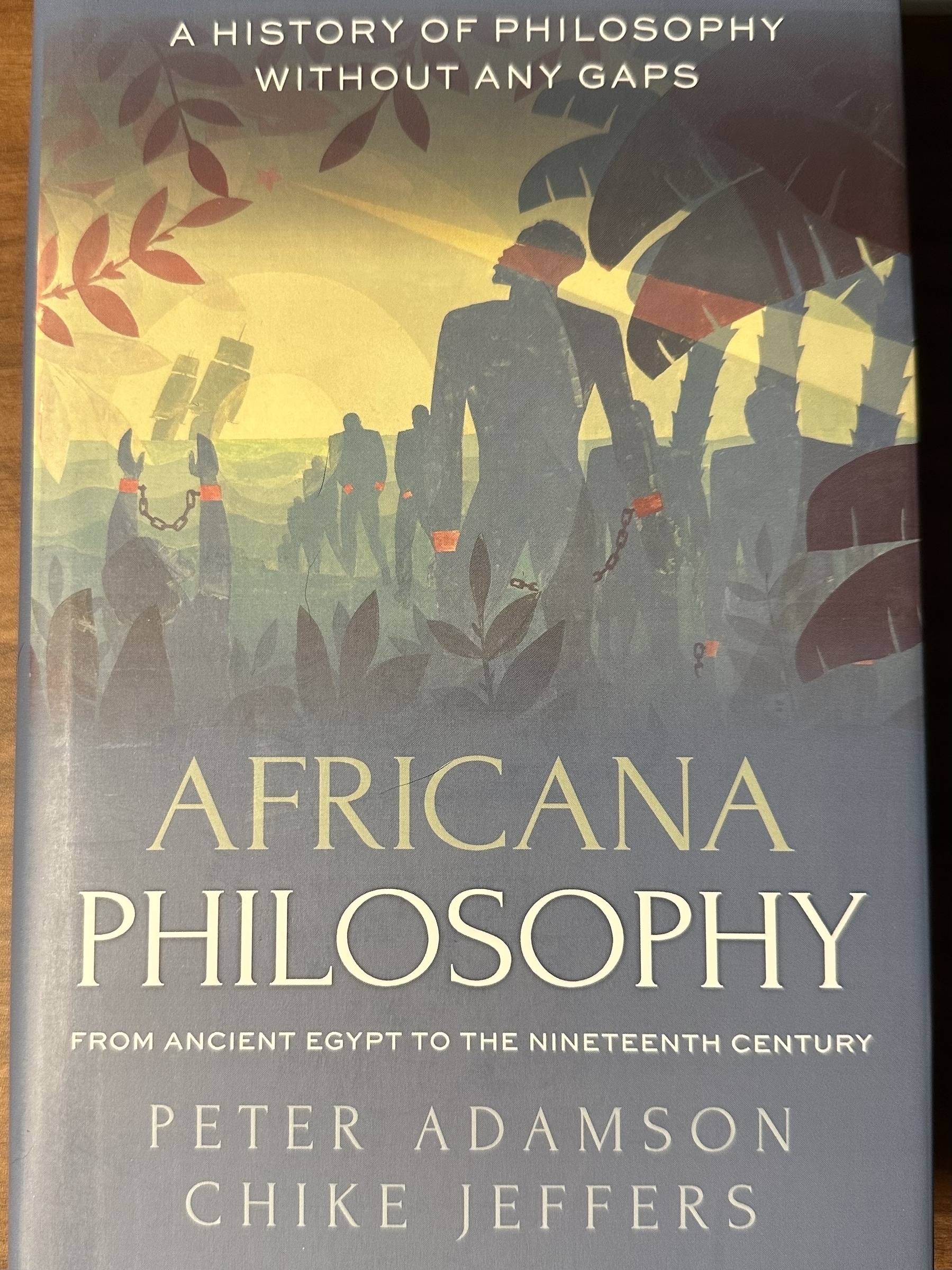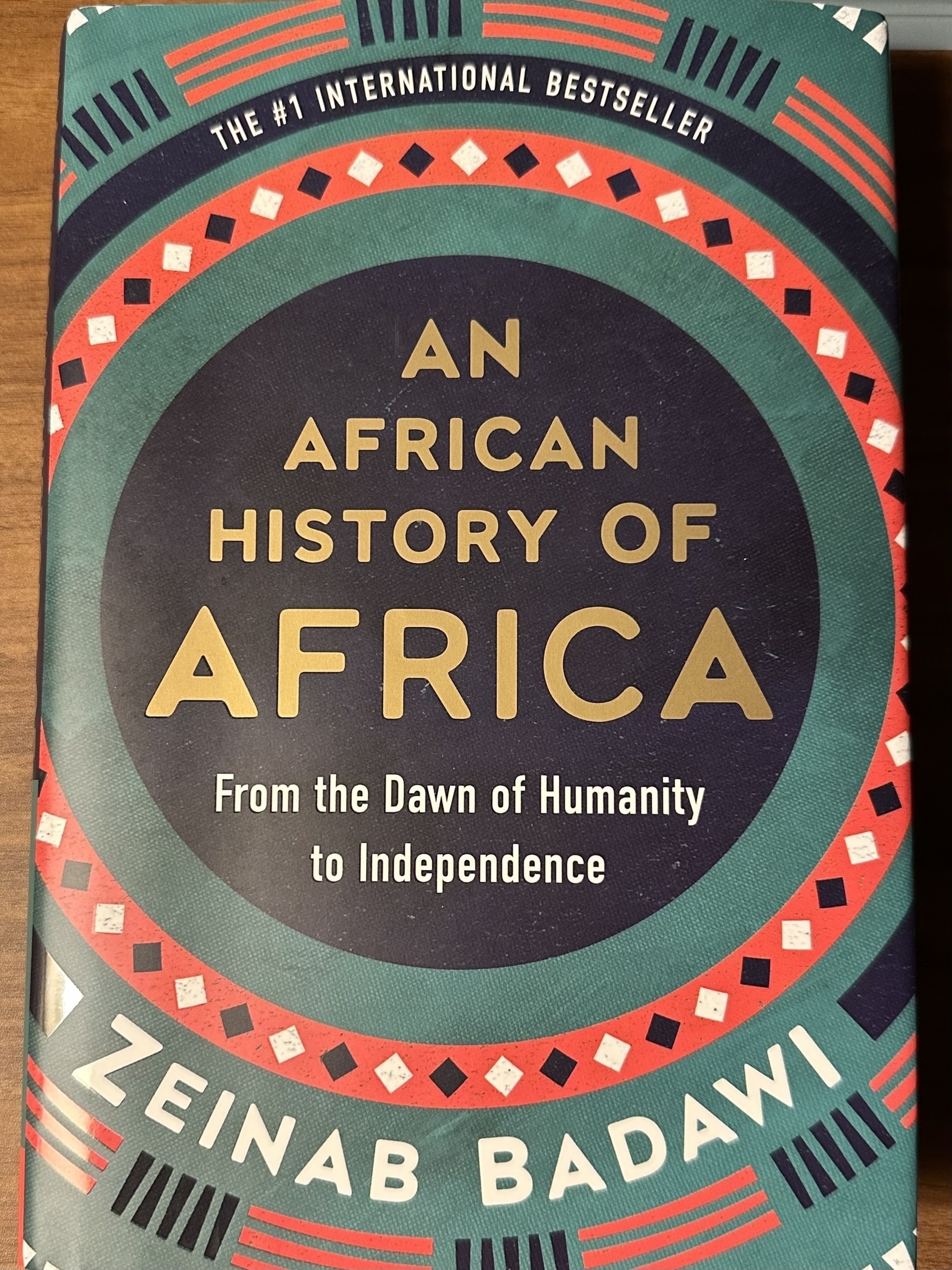Note for a longer essay:
Students often complain that Plato is annoying and does not give clear doctrines.
Philosophy professors have also long disliked his writing, and sometimes try to distill his real meaning from his dialogues.
But the dialogue is the point.
Jalysus sketch
I see them all over my biennial bee blossom plants, and on the nicotiana rustica as well.
But even when I look for them they’re easy to miss. They blend into the plant, and look almost like flower buds.
They move slowly until they decide to fly, and then — whoosh! They’re gone.
I love their spindly antennas, spider-web thin with tips that look like drops of water.
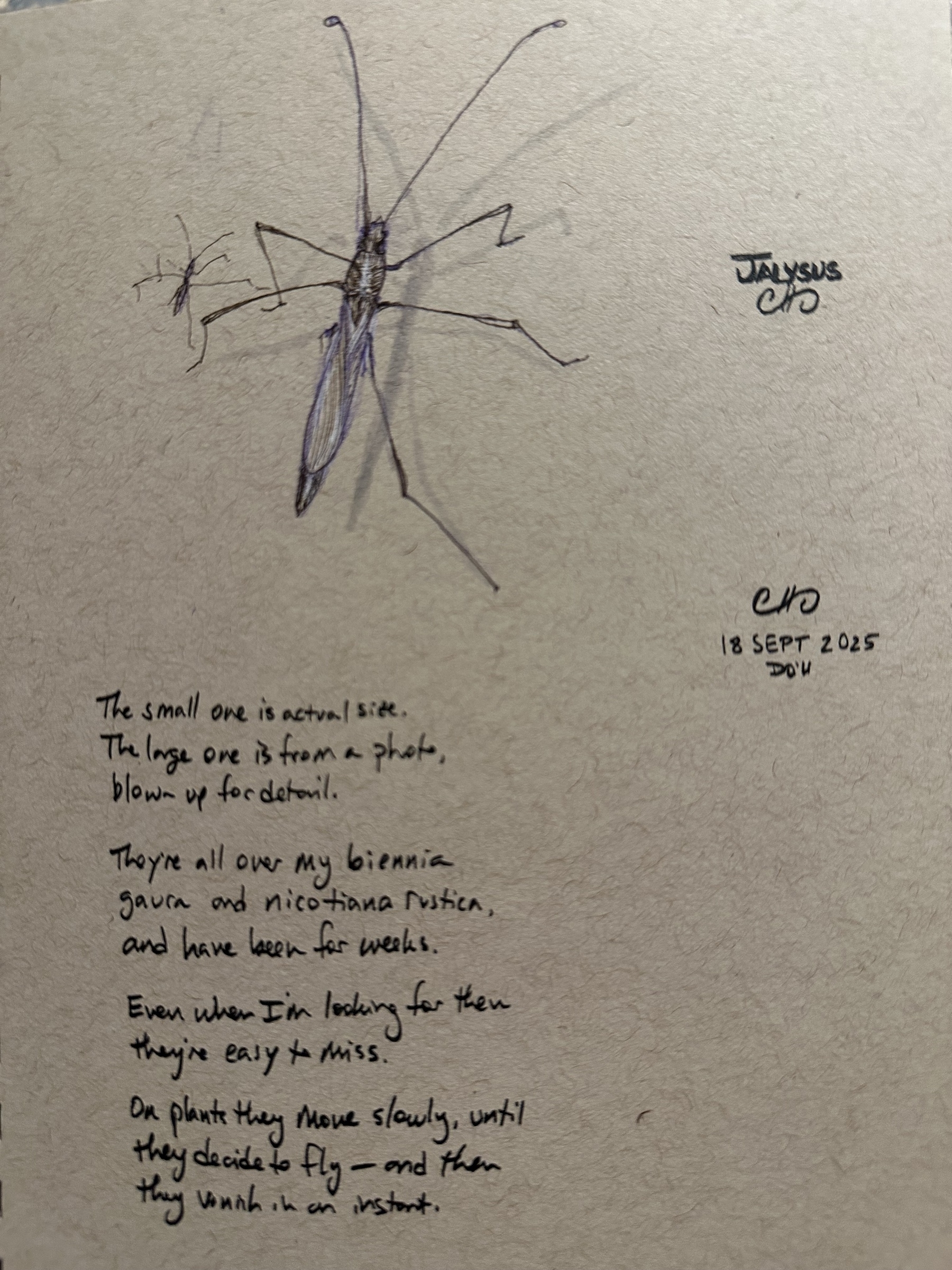
A few native plants in a square-meter garden by the sidewalk have become a roadside banquet in a pollinator food desert. Salvia, monarda, helianthus, aster, ironweed, vervain, silphium, liatris, clover, and a few others.

I wish I could assign more books, and that my students and I had more time to sit quietly to discuss them. But I assign a few, and I ask them to read them slowly with me. Their lives increasingly seem to be lives of haste, and care.
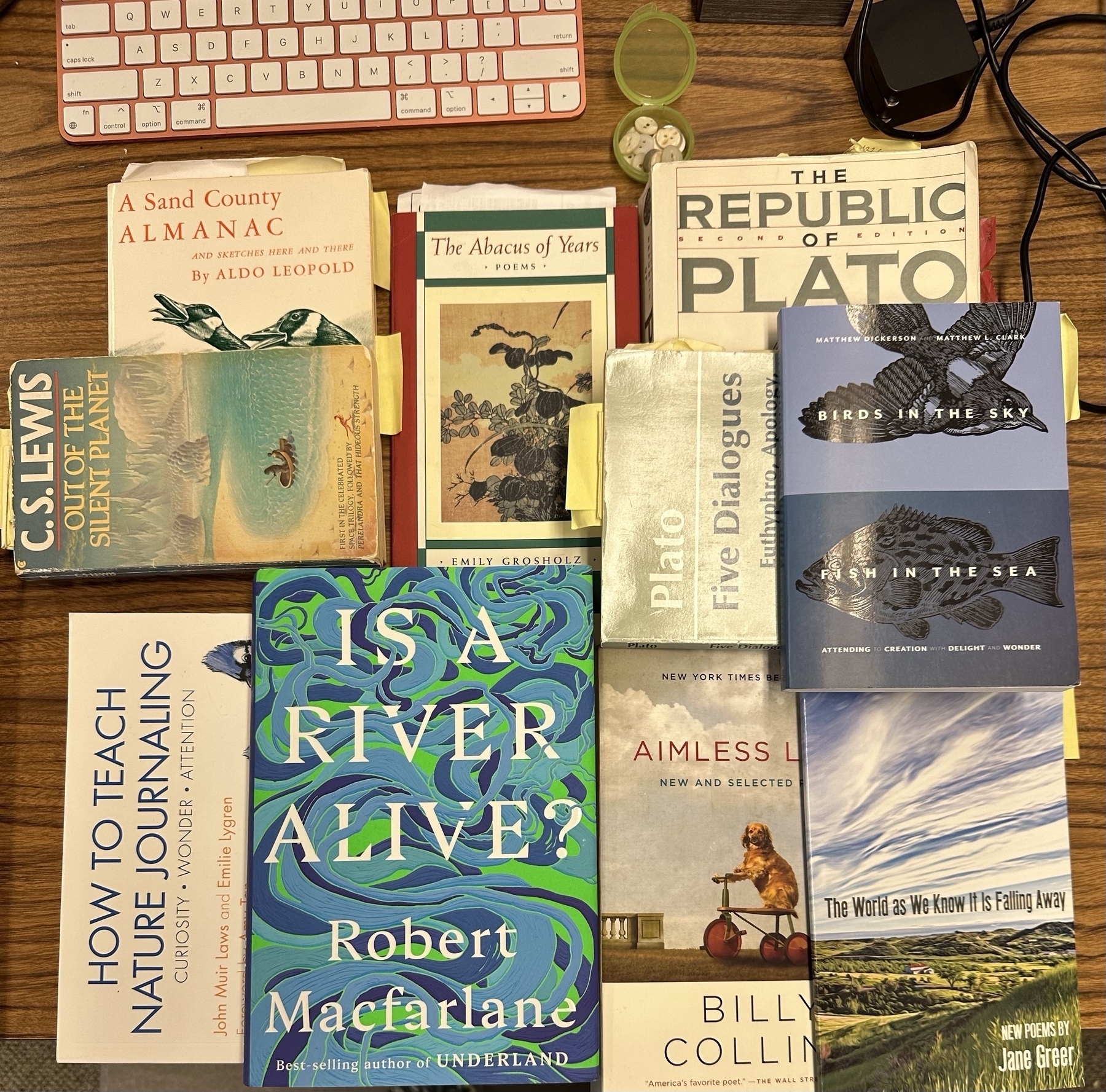
"Measure What Matters"
Not everything needs to be measured. And sometimes the measuring changes the situation. In education when we “teach to the test” or assess the things we can quantify easily, then everything else vanishes from view. Ask any student how they’re doing in school and they’ll answer with a report of their grades. Which does not answer the question. How was that first kiss? That first dance? The sunset over the ocean? The moment of calm? Yes, you can measure parts of them. No, your measurement won’t capture what matters.
Reading Thucydides
Last year I led an online discussion of Thucydides. It stopped when I got busy with other pursuits. Thinking of starting that up again, with two tracks: One group that starts at the beginning of Thucydides; another that picks up where the first group left off and reads all the other texts written in the context of the Pelopponesian War.
Addendum: I’d like at least one of these groups to meet in a quiet library, or an internet-free cabin in the wilderness, or some other place where we would be uninterrupted, could talk face-to-face. The feel of paper in our hands, pens and notepads on the table. The smell of books. A shared meal, and glasses raised in salute of good questions, thoughtful insight, words that call for moments of silent reflection.
No grades, no reporting afterwards. Just better familiarity with ideas that have changed our world, and, best of all, new friends.
Pensées
Thoughts as I prepare for today’s classes:
- Philosophy occurs everywhere. Sometimes we notice it.
- It occurs in a historic and cultural context. Contexts require some familiarity. Familiarity takes time.
- The more we understand that context, the better we understand the philosophy.
- Philosophy (the love of wisdom) begins in wonder. There are many ways to quench the flame of wonder; how can we kindle it again?
- The love (philia) of wisdom (sophia) is friendship, mutual flourishing.
- How do we foster the flourishing of wisdom, even as we hope wisdom will help us to flourish?
Wonder journal: cup plant
Today’s wonder journal page.
Do the leaves of a cup plant (silphium perfoliatum) give it any advantage? What about when they fill with rain, or with seeds, or both?
Ponderings from the garden. I take some time to observe, and to take note of something I don’t know. The notebook then becomes a source of topics to do more research about.
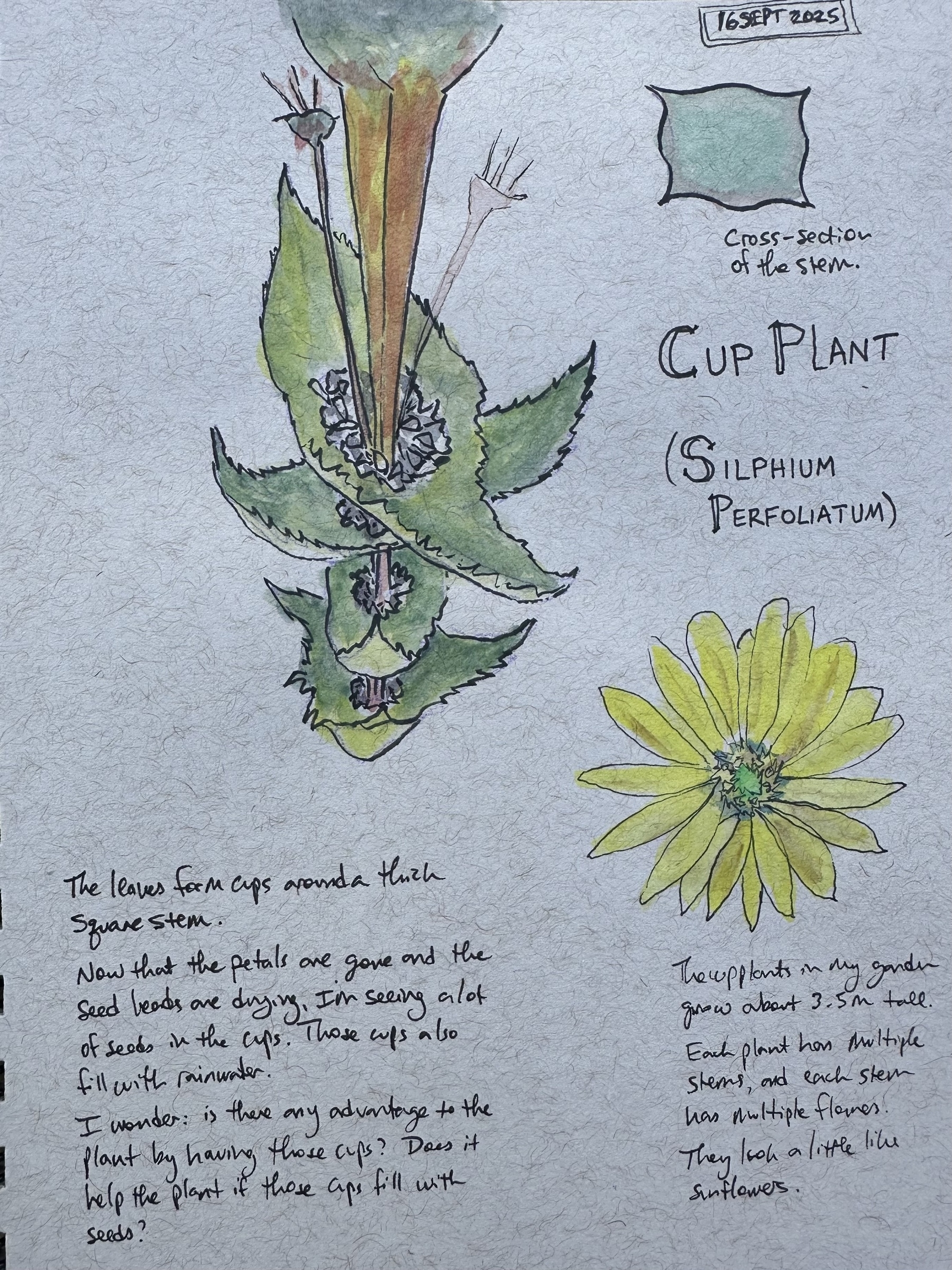
Turkey Vultures
This morning as I taught my environmental philosophy class in one of the campus gardens the students were looking over my shoulder. So after class I turned to see what they were watching — and sketching. And then I made my own sketch of the turkey vultures that had been flying in from downtown where they roost each night.
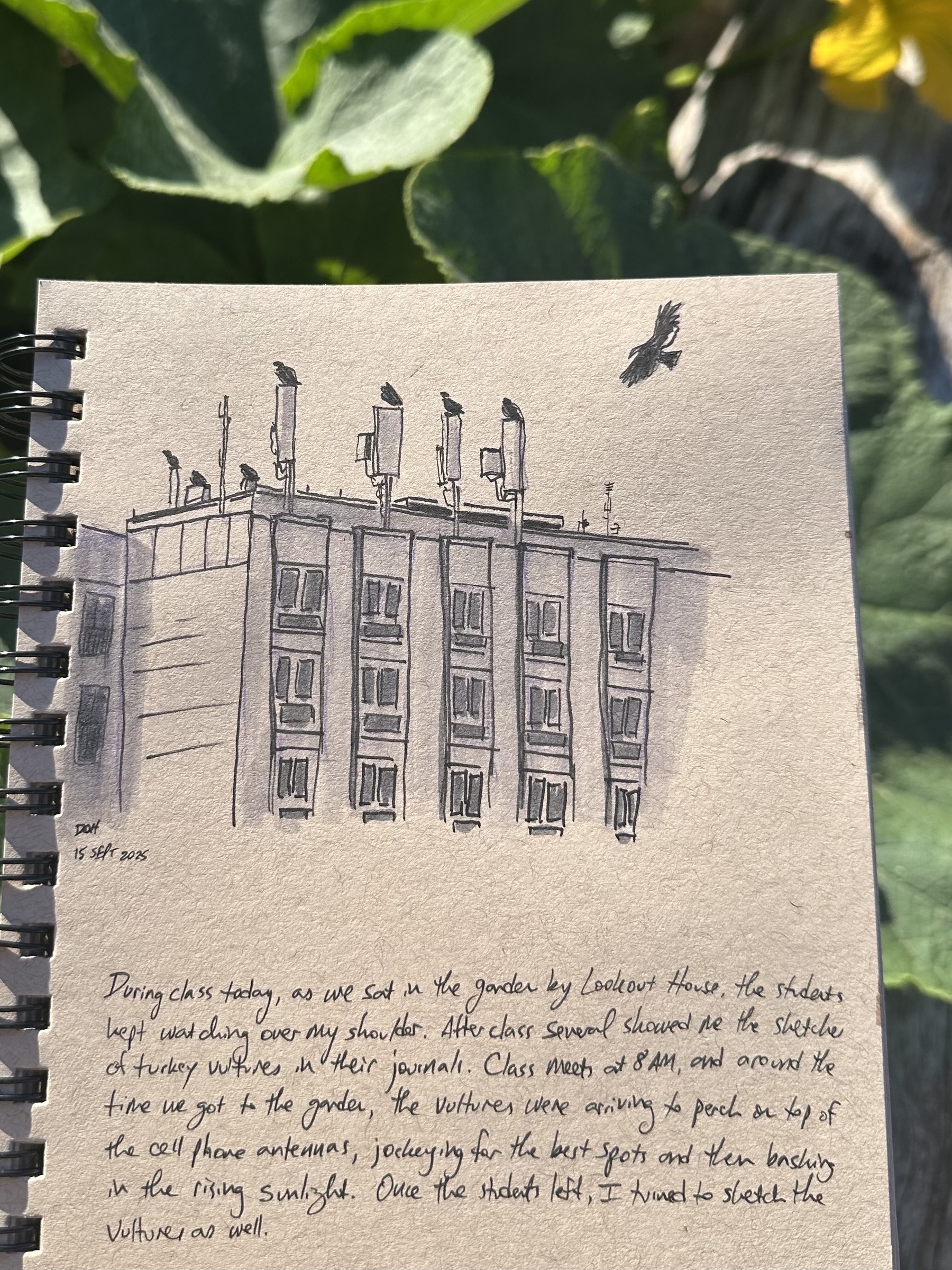
Lots of teachers feeling stress these days.
But you know what’s great about teaching? Watching students gladly learning new things.
Heron
Heron on Skunk Creek in Sioux Falls yesterday. I painted it this afternoon from a photo I took yesterday while surveying for mussels.
If the sketch turned out well, I have John Muir Laws to thank. Took his Wild Wonder class this summer in California and it was remarkably helpful. He and Robin Lee Carlson, Mark Simmons, and Nina Sokolov are good and generous teachers.
Didn’t find any live mussels, and only a few fragments of dead shells, but I’m still hopeful. Life finds a way. 🎨
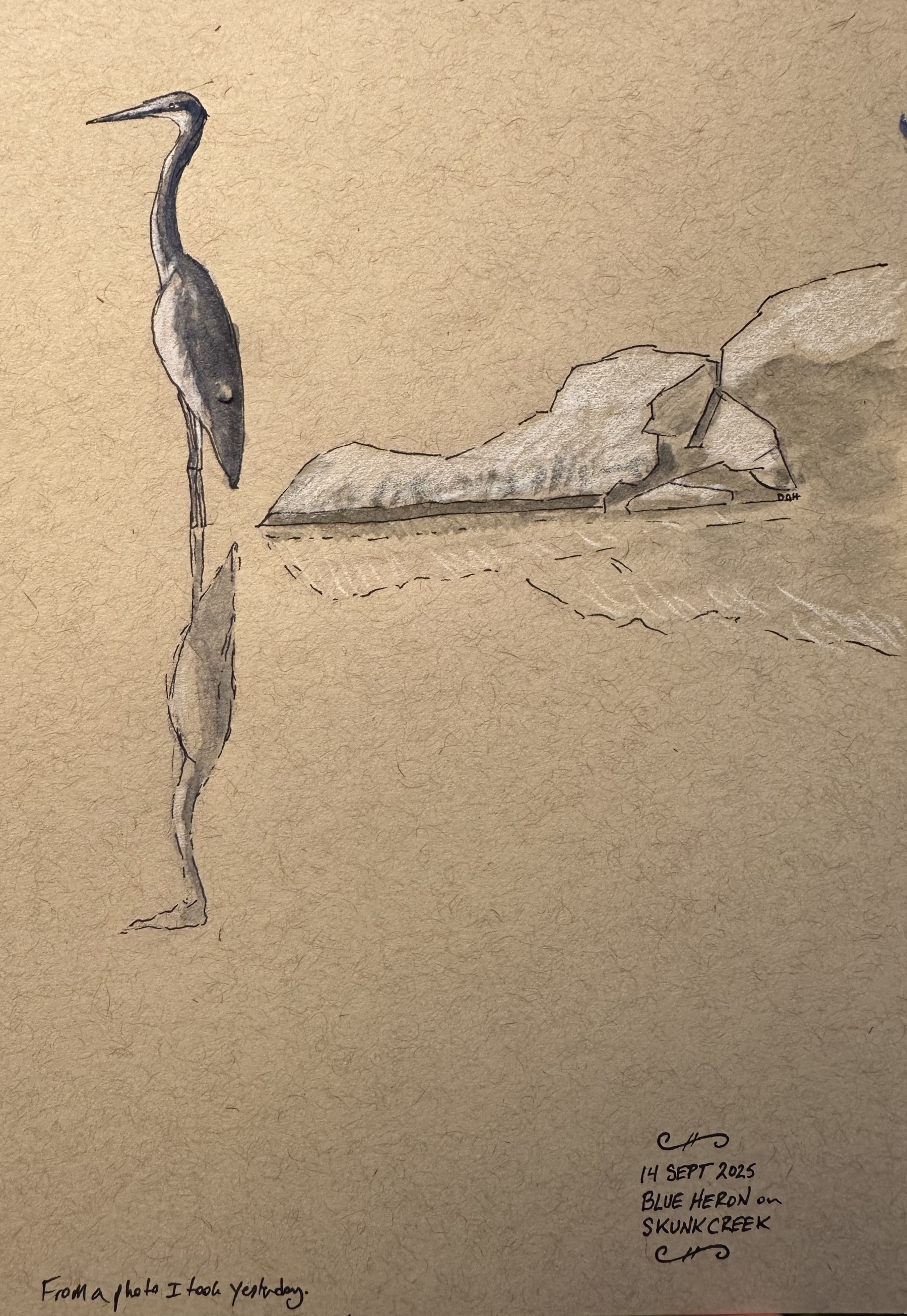
The Love of Wisdom Begins in Wonder
Part of my “wonder journal” — a practice I am asking my environmental philosophy students to engage in this semester. Since I am asking them to do it, I am doing it as well. “The love of wisdom begins in wonder,” says Aristotle.
It is a little cumbersome, but I carry a bag with notebooks, pens and watercolors, and usually a field guide and a book or two — poetry, science, philosophy — and I allow myself (force myself, sometimes) to stop and wonder at something in nature, and to turn that wonder into words and images.
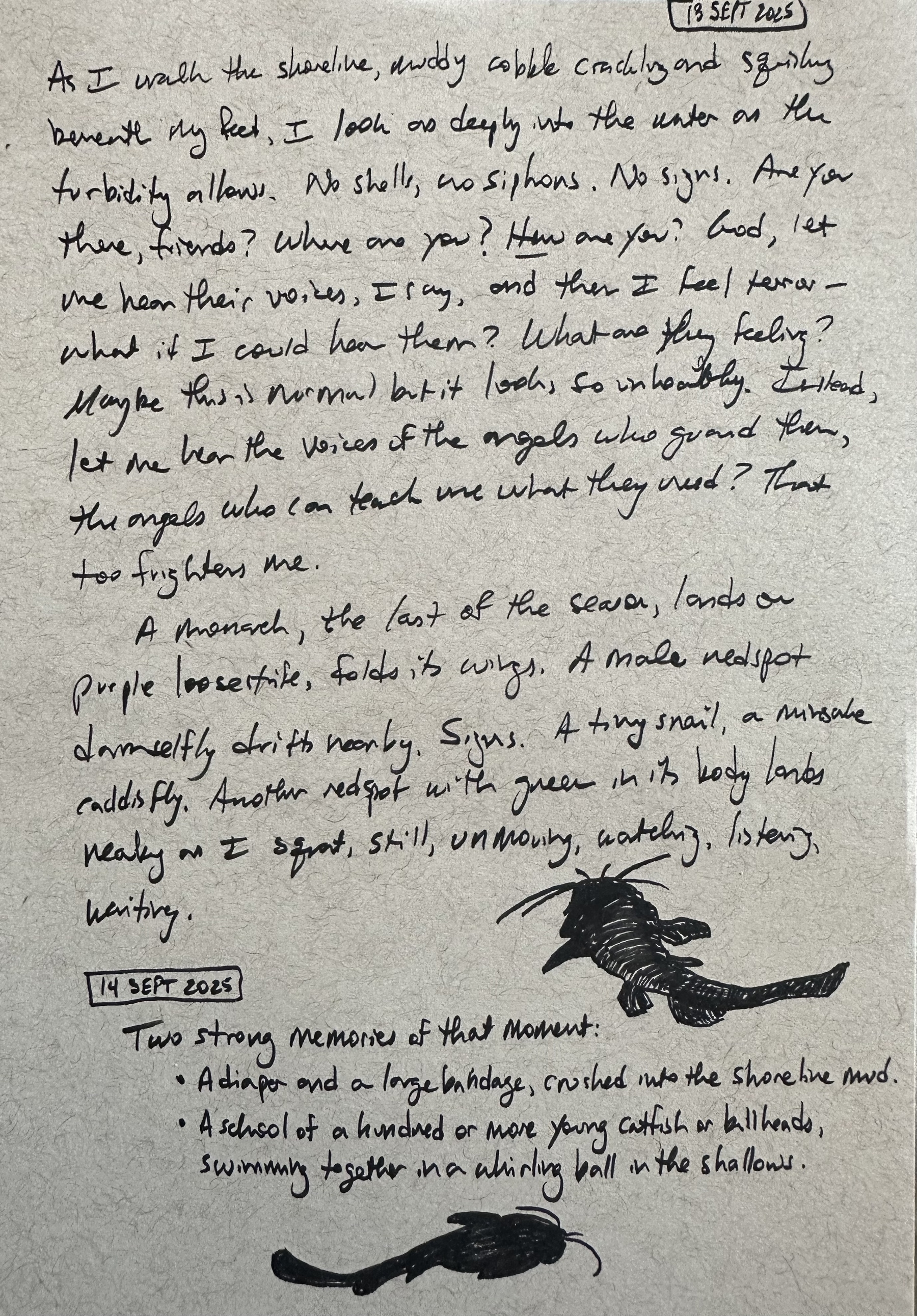
Two herons in Sioux Falls yesterday. Blue heron at Skunk Creek, green heron at Covell Lake.
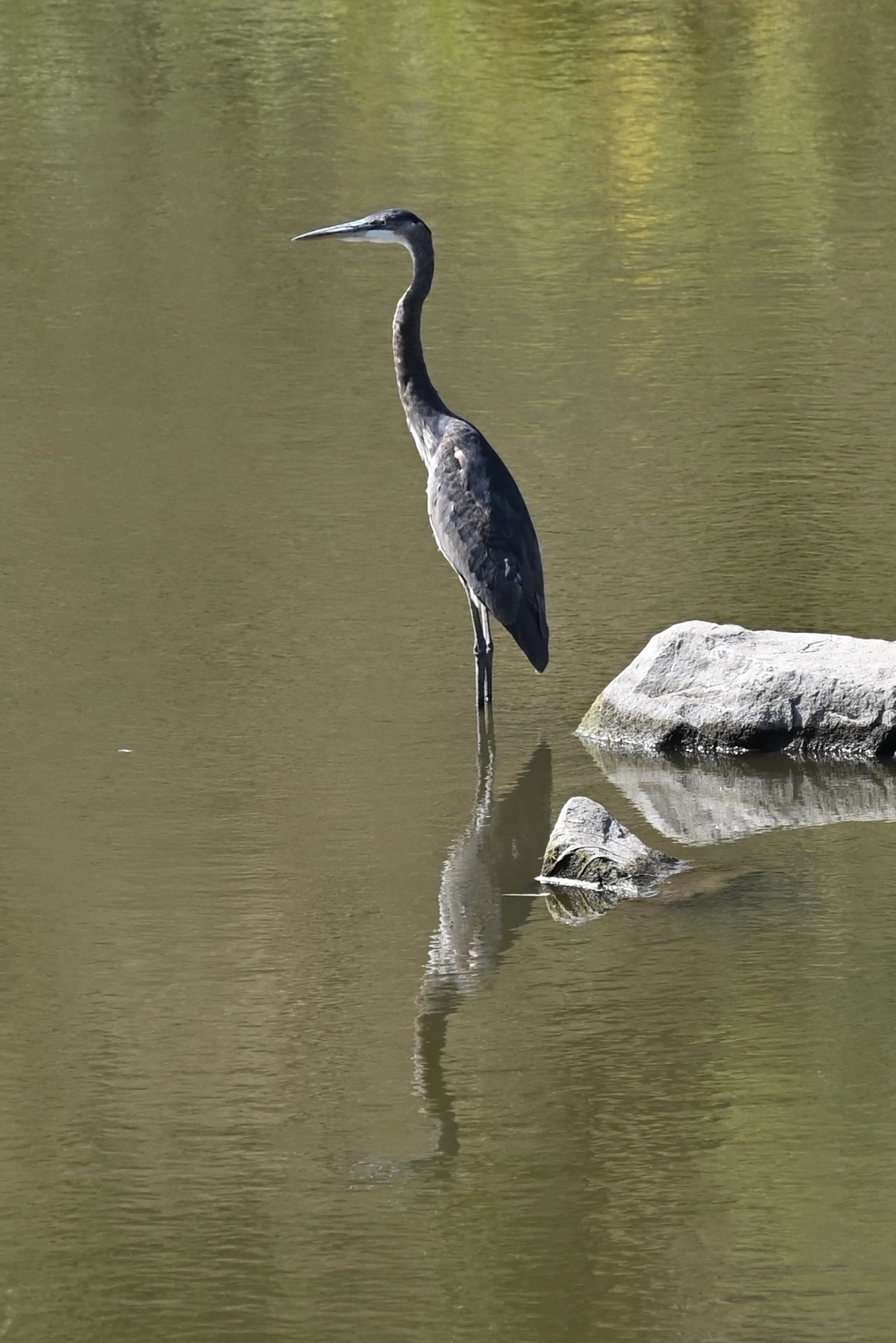
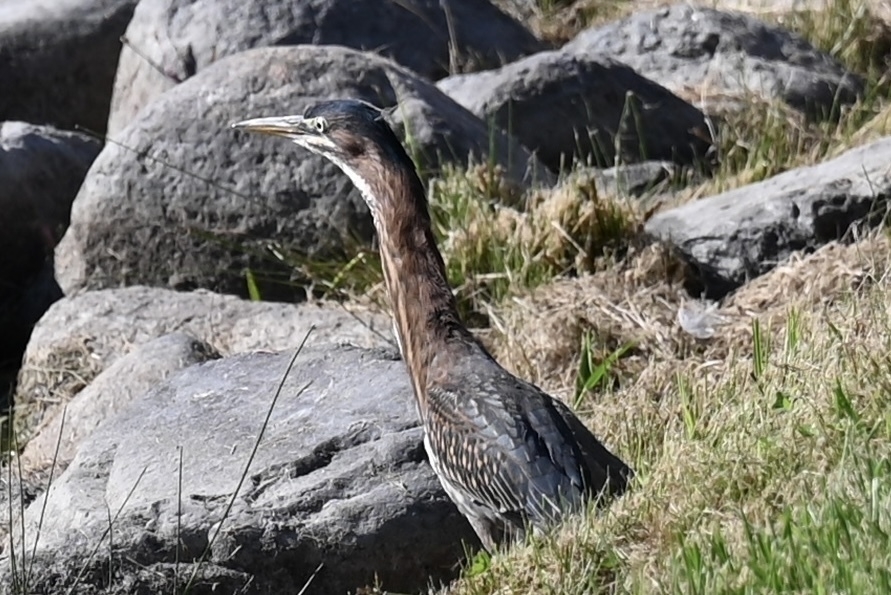
Wild Four O’Clock (Mirabilis nyctaginea)
A quick sketch while having coffee with a colleague in a campus garden today.
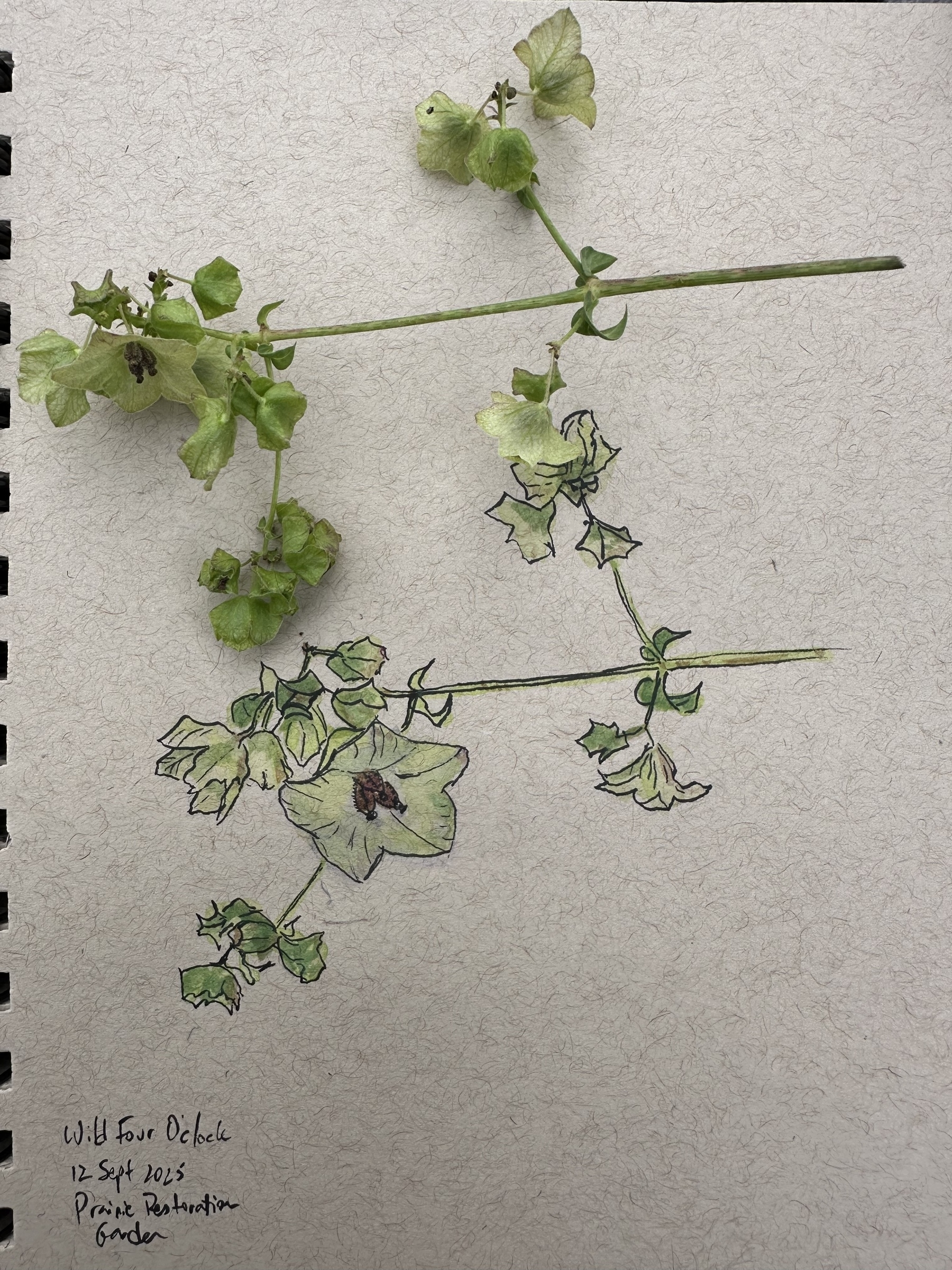
The last generation of monarch butterflies is passing through. My garden is full of them feasting on late summer blossoms, and perching in the trees overnight. Here’s a quick morning watercolor of one I saw yesterday. Wish it well on its long journey.

Ten More Years
Ten years ago today an accident nearly killed me.
This morning I’m reflecting on a how grateful I am for a supportive community, co-workers who stepped up to carry my workload, friends far and near who offered prayers and words of encouragement,and especially my family, who put up with me during a long and slow recovery. My wife is a saint.
Of course today is just another day. But it’s also a milestone, a marker along the road, reminding me how far I have come. And reminding me I have not walked this road alone.
My first two grandchildren were born this year. Both of them have fallen asleep in my arms several times. What a gift it is to meet them, to be alive to see them come into this world.
I’m grateful for the thousand kindnesses, and for ten years to begin to pay them forward to others who need similar care.
Vanessa cardui (painted lady) butterfly in my garden when I got home today.
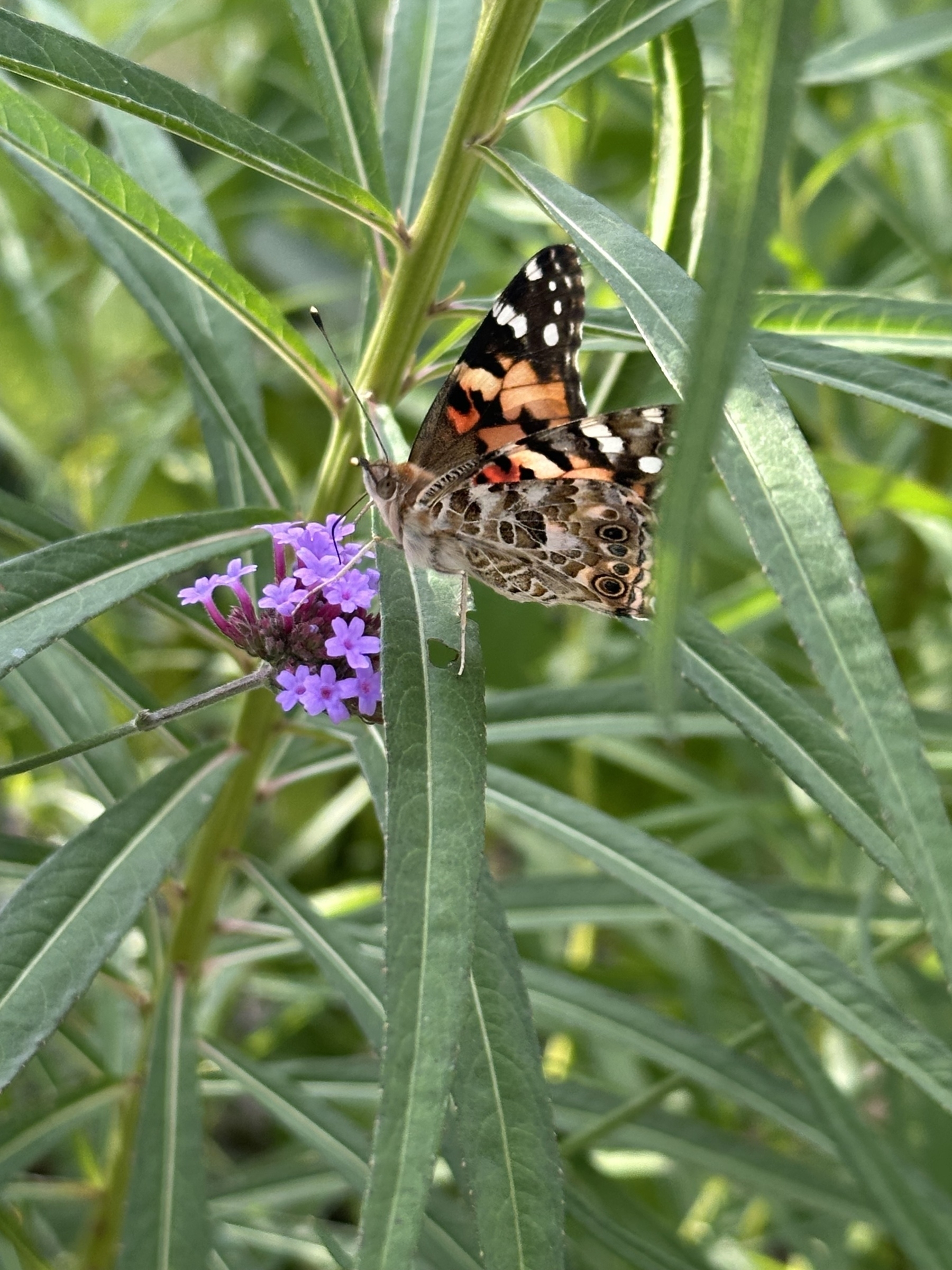
Agapostemon bee on Aster flowers in the campus prairie restoration garden this morning.
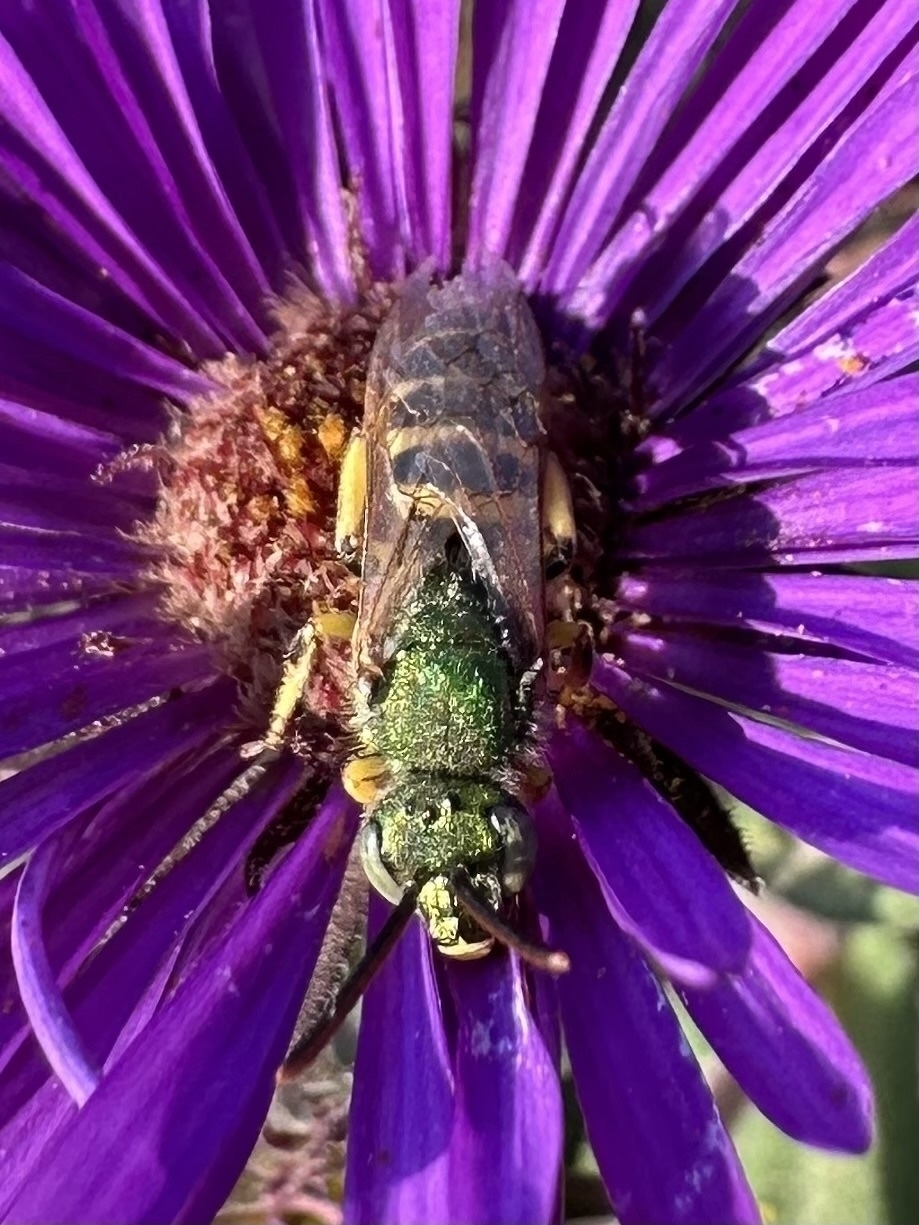
Prairie seeds
Walked some ditches in an especially rural part of our very rural state last week, and filled my field coat pocket with seeds from native grasses and flowers. Looking forward to seeing what comes of those seeds in the gardens where I will scatter them. At least a dozen species came into view: liatris, prairie clover, small bluestem, and so many others. The prairie knows how to gladden a heart in late summer.

African Philosophies
Two recent book purchases. Curiosity and wonder are not limited by geography. Philosophy springs up wherever minds are moved by wonder.
My teaching career began with ancient Mediterranean philosophy and American (U.S.) philosophy. In grad school I mentioned that to a German philosopher who laughed at me and said there was no philosophy in America.
It would have been more correct to say that he was not curious enough to ask what philosophy had rooted in the soil of this continent.
Over the decades of my university career I’ve enjoyed teaching Ancient Greek thought and American Transcendentalist and Pragmatist philosophies, but I’ve also loved developing new courses in the other philosophies of the Americas, and in classical philosophies of India, China, Japan, and beyond.
In recent years some colleagues and I have been reading all the African philosophers we can find. Naturally, we often run into problems of translation. But that makes every new book we can read a newfound treasure. The ideas are often old and deeply rooted, but new to my eyes. And what is new to me sparks wonder, curiosity, and new appreciation and admiration.
Pictured: Africana Philosophy by Peter Adamson and Chile Jeffers (Oxford University Press, 2025) and An African History of Africa, by Zeinab Badawi (Mariner Books, 2024) 📚🌍
